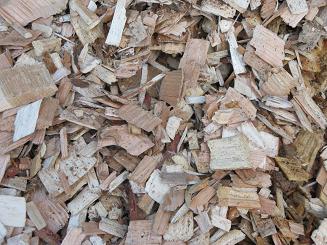Introduction
Pre-processing and drying woody biomass are important issues to address in every situation. They particularly affect transportation costs and combustion efficiency at the end-use location. Both should address four critical characteristics of biomass: particle size, …
